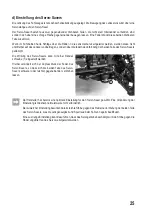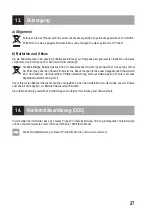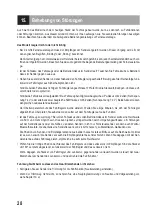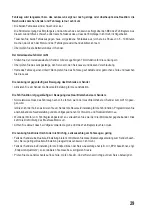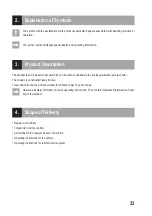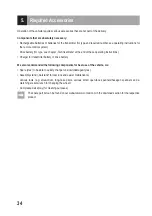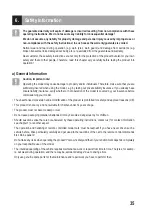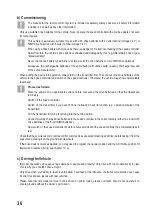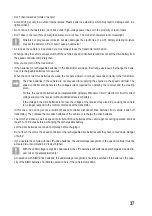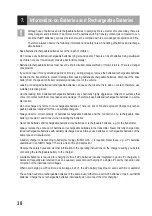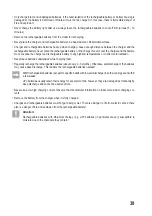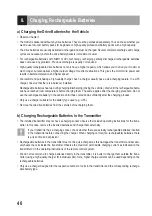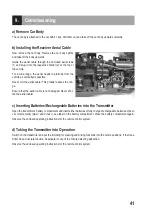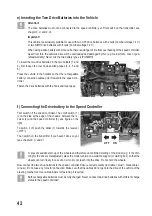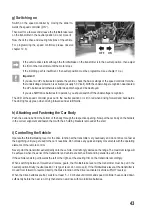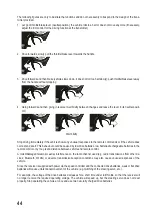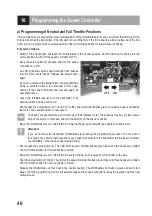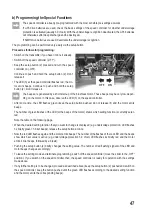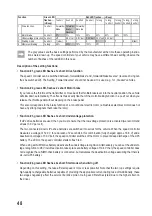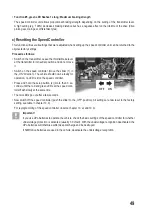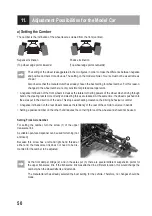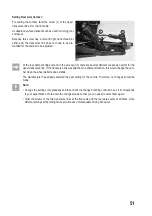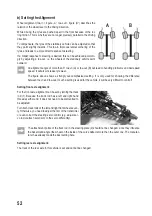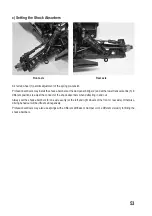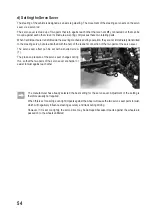
39
• Only charge intact and undamaged batteries. If the outer isolation of the rechargeable battery or battery housing is
damaged or the battery is deformed or bloated, it must not be charged. In this case, there is immediate danger of
fire and explosion!
• Never charge the battery right after use. Always leave the rechargeable batteries to cool off first (at least 5 - 10
minutes).
• Remove the rechargeable batteries from the model for recharging.
• Never place the charger and rechargeable battery on a heat-resistant, inflammable surface.
• Charger and rechargeable batteries heat up when charging. Leave enough distance between the charger and the
rechargeable battery, never place the rechargeable battery on the charger. Never cover the charger and the battery.
Do not expose the charger and rechargeable battery to any high/low temperatures or to direct solar radiation.
• Never leave batteries unattended while charging them.
• Regularly recharge the rechargeable batteries (about every 2 - 3 months). Otherwise, self-discharge of the batteries
may cause deep discharge. This renders the rechargeable batteries useless!
NiMH rechargeable batteries (except for specific builds with low self-discharge) lose their energy even within
a few weeks.
LiPo batteries usually retain their energy for several months; however, they are damaged permanently by
deep discharge and cannot be used anymore.
• Never use a too-high charging current. Observe the manufacturer information on ideal or maximum charging cur
-
rents.
• Remove the battery from the charger when it is fully charged.
• Charges and rechargeable batteries must not get damp or wet. There is a danger to life from electric shock; there
also is a danger of fire and explosion from the rechargeable battery!
Attention!
Rechargeable batteries with lithium technology (e.g. LiPo batteries) in particular are very susceptible to
moisture due to the chemicals they contain!
Summary of Contents for Bad Boy 1271058
Page 118: ...118 ...
Page 119: ...119 ...

